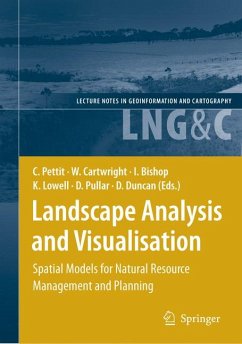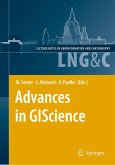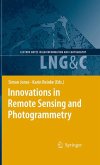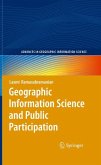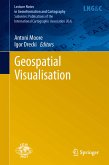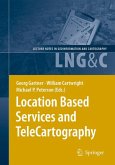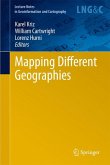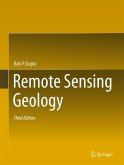Michael Batty Centre for Advanced Spatial Analysis, University College London Landscapes, like cities, cut across disciplines and professions. This makes it especially difficult to provide an overall sense of how landscapes should be studied and researched. Ecology, aesthetics, economy and sociology combine with physiognomy and deep physical structure to confuse our - derstanding and the way we should react to the problems and potentials of landscapes. Nowhere are these dilemmas and paradoxes so clearly highlighted as in Australia - where landscapes dominate and their relationship to cities is so fragile, yet so important to the sustainability of an entire nation, if not planet. This book presents a unique collection and synthesis of many of these perspectives - perhaps it could only be produced in a land urb- ised in the tiniest of pockets, and yet so daunting with respect to the way non-populated landscapes dwarf its cities. Many travel to Australia to its cities and never see the landscapes - but it is these that give the country its power and imagery. It is the landscapes that so impress on us the need to consider how our intervention, through activities ranging from resource exploitation and settled agriculture to climate change, poses one of the greatest crises facing the modern world. In this sense, Australia and its landscape provide a mirror through which we can glimpse the extent to which our intervention in the world threatens its very existence.
Dieser Download kann aus rechtlichen Gründen nur mit Rechnungsadresse in A, B, BG, CY, CZ, D, DK, EW, E, FIN, F, GR, HR, H, IRL, I, LT, L, LR, M, NL, PL, P, R, S, SLO, SK ausgeliefert werden.

